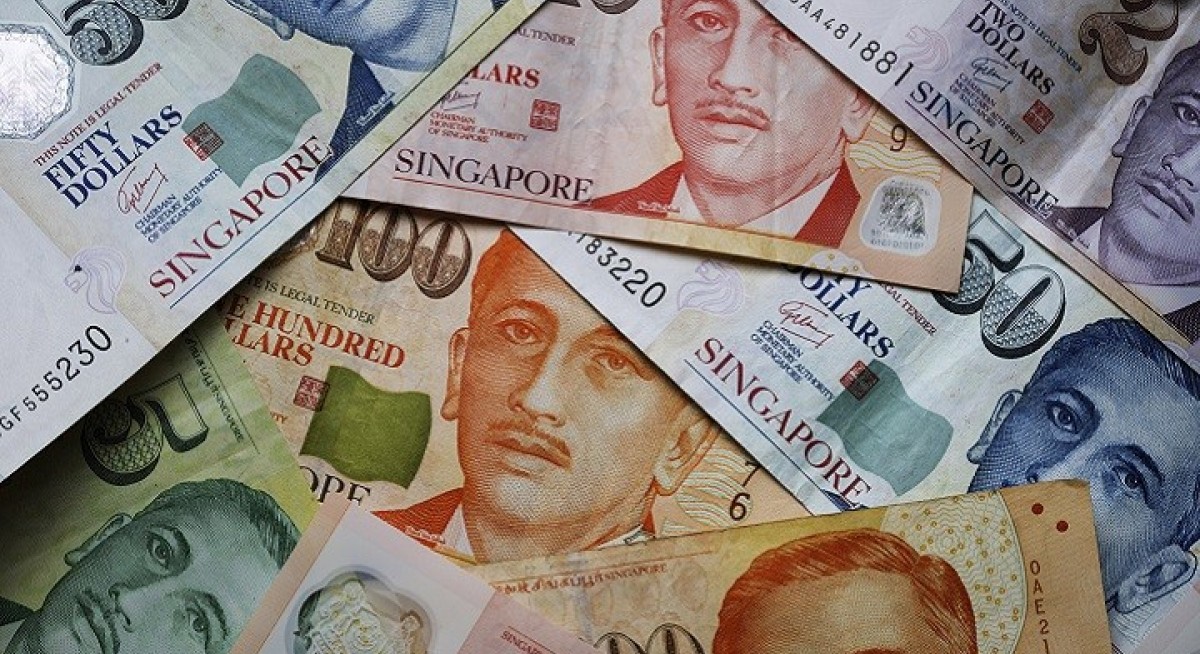The SGD bond market has evolved in tandem with Singapore’s economic growth, now ranking as the fourth-largest local currency bond market in Asia. Singapore Government Securities and quasi-sovereign bonds account for about 76% of the market, with corporate issuances increasing steadily.
In 2024, SGD-denominated non-sovereign bond issuance surged to a decade high, reaching $31.2 billion across 126 deals, a 57% y-o-y increase.
“The increasing breadth and maturity of the SGD bond market has sparked greater issuer and investor interest. Global corporates are tapping the SGD bond market to fund their operations and to diversify their funding sources. At the same time, institutional demand remains robust, supported by ongoing capital inflows into Singapore,” the duo notes.
The robust credit profile of Singaporean issuers, low default risk, and Singapore’s AAA rating have all been key in attracting investors. “The healthy credit profiles and lower default risk of Singapore companies and the country’s AAA sovereign credit rating have been drawing investors to this market,” write Cheong and Phua.
See also: Beyond AI, formal retail, luxury and financial sectors are growth stories to watch next year: HSBC
Compared to other developed bond markets, SGD bonds have consistently delivered stable and competitive returns, even through episodes such as the Global Financial Crisis (GFC), the Covid-19 pandemic and periods of US Federal Reserve rate hikes.
“While yields have been declining across the various SGD bond maturities, reflecting broader market dynamics such as lower inflation expectations, central bank policy shift, and increased demand for safe assets, on a total return basis, SGD bonds have outperformed peers in developed markets in the first half of 2025,” they add.
This outperformance is not a one-off event. “Over the 1-, 3-, 5- and 10-year horizons, the SGD government bond market has consistently outpaced other AAA-rated sovereign bond markets, both in local currency and USD terms,” the portfolio managers observe. Despite tighter credit spreads, the returns from SGD bonds remain attractive for both local and international investors, especially when adjusted for hedging costs.
See also: Stay selective across Europe; diversify beyond AI: Ivy Ng, CIO for Apac at DWS
Furthermore, the SGD is increasingly seen as a safe haven currency. “Given the country’s stable macroeconomic fundamentals and the Monetary Authority of Singapore’s exchange rate policy, the currency has generally been on an appreciating path over the long term, making it an attractive option that investors can turn to during periods of uncertainty,” say Cheong and Phua.
Historical data show that SGD bonds have delivered stable returns even during periods of market stress. During the GFC, SGD bonds provided positive returns. They also held up better than equities during the 2015 Chinese stock market correction and the 2020 Covid-19 outbreak and declined less during the Fed’s rate hiking cycle in 2022.
“SGD bonds serve as an effective tool for mitigating downside risk in investment portfolios. Their low correlation with Asian USD bonds and other asset classes, in particular Singapore equities, enhances portfolio stability over the medium to long term,” the managers highlight.
Looking ahead, SGD bonds are set to benefit from continued technical strength. High bid-to-cover ratios in primary deals and strong performance in secondary markets underscore robust demand. Net negative supply in 2023 and 2024, due to unattractive yields for issuers, is expected to persist through 2025, providing a strong tailwind for prices.
“Despite the decline in SGD rates over the last 6 months, we remain constructive on duration given Singapore’s growth and inflation outlook, and we will look to extend duration on spikes in rates,” say Cheong and Phua.
“SGD bonds continue to deserve a core allocation in investors’ portfolios,” they add.




